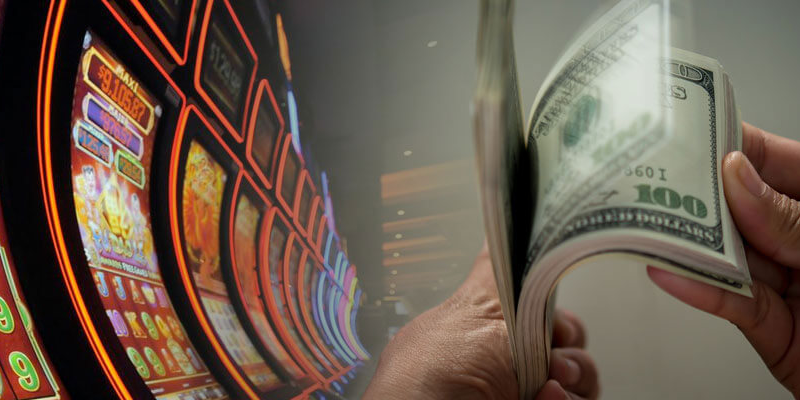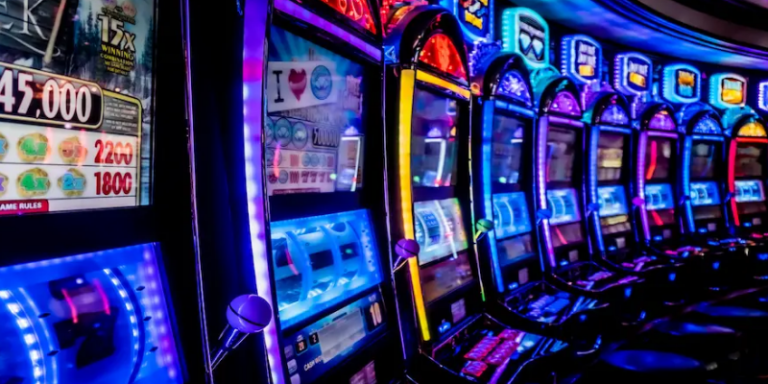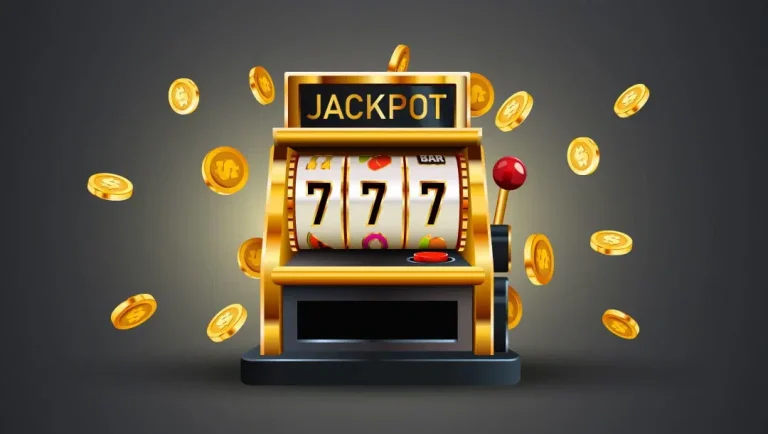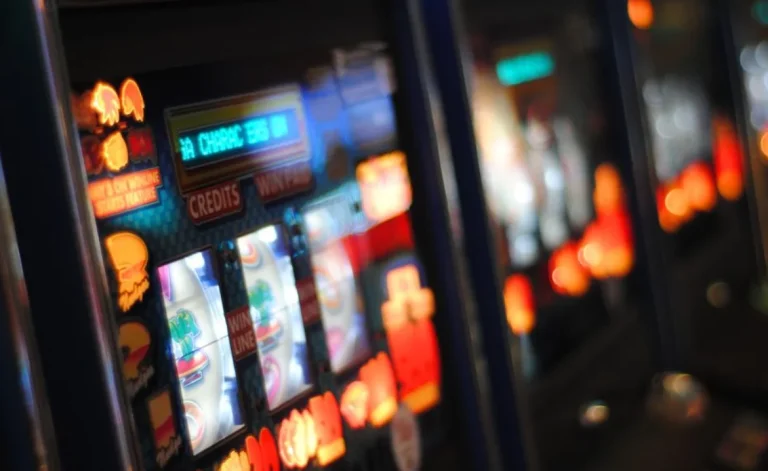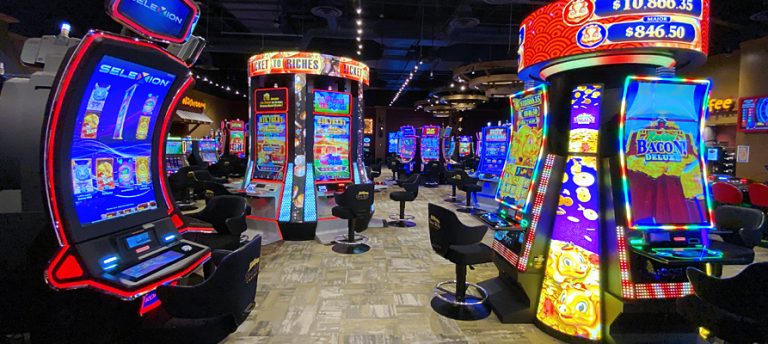The payback percentage of a slot machine refers to how much money, on average over its lifetime, it’s programmed to return to players — expressed as a percentage.
For example, if a machine takes in $1 million in total bets and pays out $900,000, its payback percentage is 90%. The remaining 10% is the casino’s profit. This number doesn’t reflect what any individual player will win or lose — it’s a long-term average based on the game’s design and math.
Can Casinos Adjust Payback Percentages?
Yes, but only within specific limits set by slot manufacturers and local gaming laws. Most machines are built with adjustable ranges, typically between 85% and 95%. Older or smaller casinos — especially ones without alcohol or high-end features — may increase their payback to stay competitive. In some cases, casinos will raise the payback to attract more players.
However, changing the payout isn’t as easy as “flipping a switch.” To adjust a slot’s percentage, two casino employees must physically open the machine and modify its internal settings — a process that takes around 45 minutes per machine. So the idea that casinos tweak settings daily or during holidays is a myth — it’s simply not feasible.
Are Casinos Required to Report Payout Percentages?
That depends on the location. Tribal (Indian) casinos often aren’t legally required to disclose payout data, while most commercial casinos are. In Las Vegas, for example, payback stats are released by area (e.g., The Strip, Downtown) rather than by individual property. Some states break down data by machine denomination (e.g., pennies, quarters, dollars).
Despite misconceptions, tribal casinos don’t necessarily offer lower payouts — I’ve had some of my best wins there. If a casino consistently pays poorly, players will simply go elsewhere.
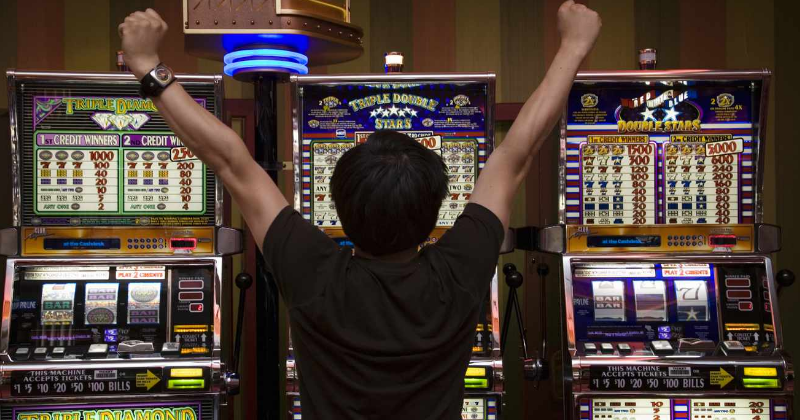
Not All Slot Machines Are Created Equal
Penny slots may look fun — flashy graphics, big bonuses, catchy music — but they usually have the lowest payback percentages, sometimes as low as 85%. Many players mistakenly think this means they’ll always get at least 85% of their money back. But that’s not how it works.
For example, if one player puts in $5 and wins $1,000, others may put in $5 and get nothing — bringing the average back to 85%. It’s not about fairness per person; it’s about long-term averages.
Progressive Jackpots: Risk vs. Reward
Machines with huge progressive jackpots can have decent overall payback percentages (like 90%), but that doesn’t mean most players win. A tiny fraction might hit the big prize, but the majority will lose. That’s because part of every bet goes toward funding the jackpot for that one lucky player — making consistent profits on these machines more difficult.
Higher Denomination Machines = Higher Payback
One general rule: the higher the denomination, the higher the payout percentage. Penny slots have the lowest, followed by 2¢, 5¢, 10¢, 25¢, $1, and all the way up to $100 machines — which can pay out up to 95% or more. But beware: high-denomination machines often involve big jackpots, meaning a chunk of the return is tied up in that top prize. You could still lose faster even with a higher percentage.
So Can Casinos “Flip a Switch” to Change Odds Instantly?
No, no, and no. Despite the myths, casinos can’t instantly tighten or loosen machines on a whim — whether it’s a holiday, special event, or renovation season. Changing payout settings is a manual, time-consuming process done machine by machine. Server-based slots (which would allow quick changes remotely) were proposed years ago but never became the norm.
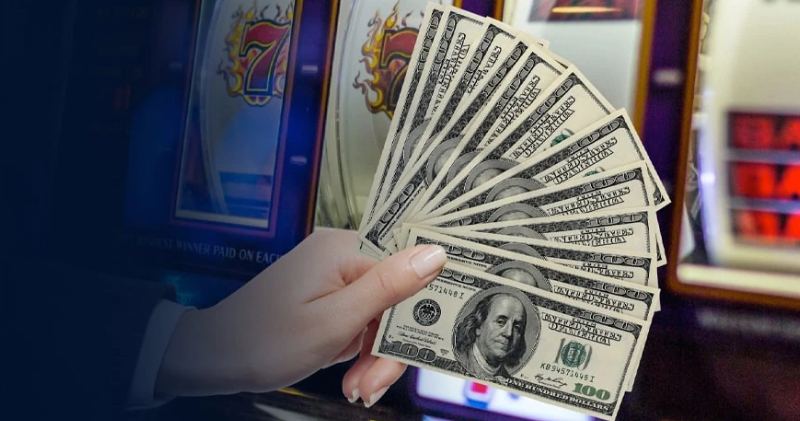
Slot Tips Based on Payback Percentages
Want better odds? Play within your budget, but consider switching to higher denomination machines. For instance, instead of betting $5 per spin on a 1¢ slot with 87% RTP, try a $1 denomination machine at $5/spin with a 92% RTP. Same bet, better odds.
That’s why when I play games like Lightning Link, I’ll go for the 10¢ denomination at $5 per spin instead of max-betting the 1¢ version. In high-limit rooms, machines often offer even better RTPs at the same bet amounts.
Even better? Try video poker — if you know the strategy, it can offer some of the highest payback percentages in the casino.
So Why Do I Still Play Penny Slots?
Because they’re fun! Let’s be honest — the sounds, bonuses, and excitement are part of the experience. Sure, I know the odds aren’t great, but entertainment value counts too. Plus, my YouTube videos wouldn’t be nearly as entertaining if I only played single-line $1 machines or did two spins on a $100 machine.
A Rare Example: Lightning Zap
Most machines don’t advertise their payback, but there’s an exception — Lightning Zap by Everi. It starts with a 90% RTP, and some casinos proudly promote it. I’ve also seen machines at Dotty’s in Vegas showing messages encouraging players to increase their denomination for better payouts. It worked on me — I bet more! (And yes, I still lost faster. But hey, the psychology worked.)
Here’s a crazy example: I once hit a massive win on Lightning Zap — turning a $2 bet into a 24,450% return. Sounds wild, right? But considering a $2 win would already be 100%, that math checks out when you land something huge.
